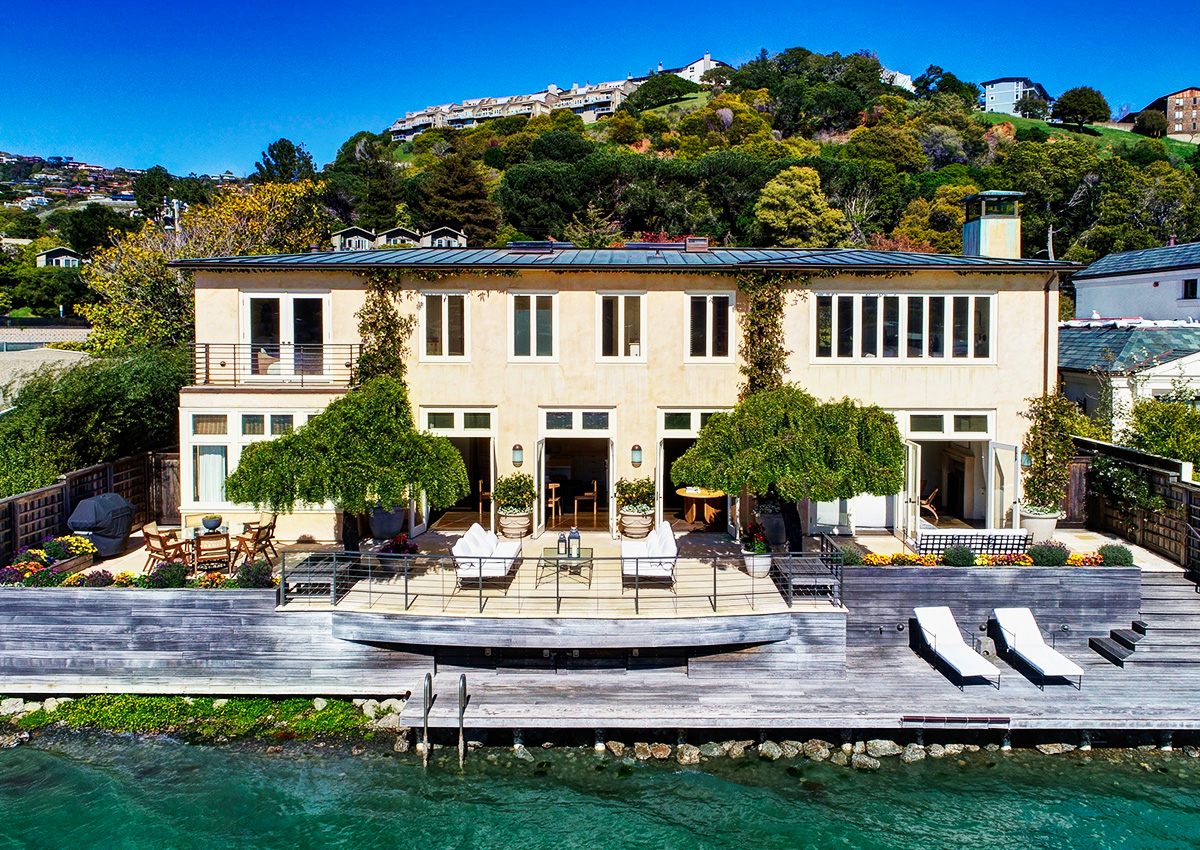The City of Belvedere has dodged a builder’s remedy project threatened by Thompson Dorfman after it approved 40 waterfront homes and apartments instead.
The City Council voted 3-1 to overturn a Planning Commission decision to reject the 40-unit development at 1-22 Mallard Road on Belvedere Lagoon, the Marin Independent Journal reported.
Plans by the Mill Valley-based developer include replacing the Mallard Pointe luxury apartments, built in 1951, with 16 waterfront homes and a granny flat backed by a 23-unit apartment complex — the first built in the city in 34 years.
If the council had not sided with the developer in its appeal, Thompson Dorfman threatened to build a builder’s remedy project nearly twice as large.
After years of resistance by the city and local opponents, the builder had filed an alternative application this month under the state builder’s remedy that calls for a 70-unit project, 75 percent larger than the one turned down by the Planning Commission.
Builder’s remedy, a legal loophole in state housing law, allows developers to bypass zoning rules in cities such as Belvedere that have failed to certify their required housing element blueprints by Jan. 31, 2023. Belvedere must plan for 160 homes by 2031.
While the City Council approved the town’s housing element this month, the plan has yet to gain approval from the state Department of Housing and Community Development. Until then, the city is vulnerable to builder’s remedy applications.
The larger project is now off the table, while the 40-unit development will proceed. The project will go back to the Planning Commission to undergo a design review.
Thomas Dorfman aims to break ground in mid- to late 2025.
“We’re just looking forward to moving this project forward,” Bruce Dorman, a partner with the company, told the council. “We think it will be a great addition to Belvedere that will provide needed housing.”
The City Council discussion centered on whether the project was consistent with the city’s general plan; if there would be significant environmental impacts to water quality; and if the lagoon could be considered an urban use — all points the commission cited in rejecting the project, while requiring an environmental study.
Three council members said they believed the lagoon to be considered an urban use, that the project would not have a significant impact on water quality and that it was consistent with the general plan. One councilwoman recused herself because she owns property within 500 feet of the project site.
Belvedere Residents for Intelligent Growth, a group of about 600 residents, argued against the developer’s appeal, saying the project didn’t qualify for the California Environmental Quality Act exemption because the lagoon is not artificial and because the general plan considers the lagoon open space.
Wendy Manley, an attorney for the Belvedere Lagoon Property Owners Association, cited water quality concerns.
Riley Hurd, an attorney for the developer, countered that water quality is heavily regulated by agencies such as the Regional Water Quality Control Board, the state Department of Fish and Game and the U.S. Army Corps of Engineers.
During the permitting process, he said storm water pollution prevention plans and erosion control permits would be required. The project would also require bioswales and stormwater treatment in the area.
“This cannot have any impact on water quality, it simply can’t and that is made sure by these agencies,” Hurd told the council.
— Dana Bartholomew
Read more



